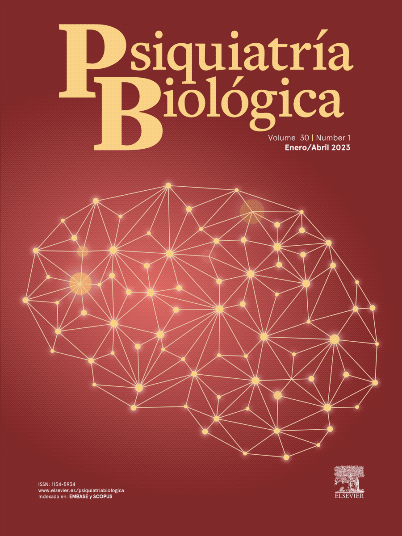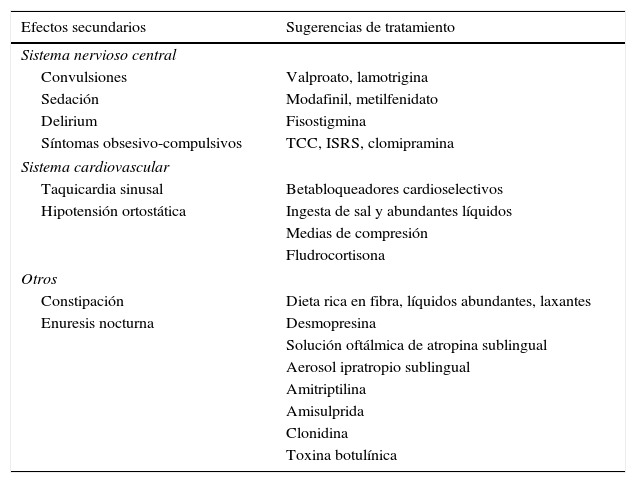La esquizofrenia es el trastorno psiquiátrico que constituye el paradigma de la enfermedad mental. Su tratamiento continúa siendo un tema controvertido, especialmente cuando hablamos de efectos secundarios, remisión de los síntomas, funcionalidad y calidad de vida del individuo que la sufre. La clozapina, desde su introducción en 1959 y aceptación oficial por la FDA para el tratamiento de la esquizofrenia resistente en 1990, es el medicamento que más controversia ha causado debido a su perfil atípico y a su acción en múltiples receptores que condicionan efectos secundarios que, a pesar de no poner en riesgo la integridad del paciente (p. ej. sialorrea, sedación), sí pueden representar una amenaza para su calidad de vida, o por efectos que pueden por sí mismos poner en riesgo la vida del paciente (p. ej. agranulocitosis, miocarditis); sin embargo, el conocimiento de la molécula, sus indicaciones de uso y la monitorización necesaria son acciones que permiten el uso de la sustancia de una forma segura, que beneficie al paciente y por lo tanto a su familia, principalmente por la acción terapéutica no solo de mejoría en síntomas psicóticos positivos y negativos, sino por su efecto incisivo en el riesgo suicida y la agresividad, mayor que otros antipsicóticos, además de su uso en pacientes que cuentan con patologías concomitantes como enfermedad de Parkinson, discinesia tardía, entre otras.
Schizophrenia is a psychiatric disorder that is the paradigm of mental illness. Its treatment remains a controversial issue, especially as regards side effects, remission of symptoms, function, and the quality of life of the individual who suffers from it. Clozapine, since its introduction in 1959, and its formal acceptance by the FDA for treatment resistant schizophrenia in 1990, is the drug that has led to most controversy, due to its atypical profile action at multiple receptors. These actions determine the side effects (e.g., hyper-salivation, sedation), and although not placing the integrity of the patient at risk, can be a threat to their quality of life. There are other side effects that can, in themselves, endanger the patient's life (e.g., agranulocytosis, myocarditis). However, the knowledge of the molecule, its indications for use, as well as mandatory monitoring, are actions that allow the safe use of the substance that can benefit the patients, and therefore their families. This is mainly due to the therapeutic action not only improving the positive and negative psychotic symptoms, but also its significant effect on suicidality and aggressiveness, which is greater than other antipsychotics. It can also be used in patients with concomitant diseases, such as Parkinson's disease, and tardive dyskinesia.
Artículo
Comprando el artículo el PDF del mismo podrá ser descargado
Precio 19,34 €
Comprar ahora








